Build-A-Rig Round 1: The $1500 PCs and Interviews from Corsair and Zotac
by Ian Cutress on July 8, 2015 5:15 PM EST- Posted in
- Build-A-Rig
- Corsair
- ZOTAC
- Interview
Zotac’s Hey Good Lookin’
Out of the two, Chinny from Zotac sent me her build first and she extensively used the section labelled ‘extras’ in the spreadsheet we sent over. It’s clear that there’s a slightly different tack taken in the Zotac build, going for a more overall component strategy that still offers room to maneuver for the future, if not more so than the Corsair build, and looking good while doing so.
| Zotac's Hey Good Lookin' | |||
| Component | Selection | Price as Chosen |
90-Day Average |
| Processor (CPU) | Intel Core i5-4460 | $189.99 | $189.85 |
| Motherboard | GIGABYTE GA-Z79X-UD3H-BK | $139.99 | $138.17 |
| Graphics Cards (GPU) | Zotac GTX 970 AMP Extreme | $369.99 | $369.99 |
| Memory (DRAM) | Corsair Dominator Platinum 2x4GB DDR3-1866 C9 |
$99.99 | $104.27 |
| Storage (SSD/HDD) | Crucial BX100 500 GB SSD | $189.99 | $188.39 |
| Power Supply (PSU) | Rosewill Quark 750W Platinum | $139.99 | $135.31 |
| Chassis | NZXT S340 Black Steel ATX Mid-Tower |
$69.99 | $69.99 |
| CPU Cooling | Corsair Hydro Series H100i | $104.99 | $99.85 |
| Operating System | Windows 8.1 Full Version | $119.99 | $119.99 |
| Extras | SilverStone Sleeved 6-pin to 6-pin x2 |
$14.98 | $14.98 |
| SilverStone Sleeved EPS12V 4+4-pin |
$7.99 | $7.99 | |
| SilverStone Sleeved 24-pin |
$12.99 | $12.99 | |
| Samsung USB 2.0 External DVD Drive |
$23.99 | $23.82 | |
| DEEPCOOL RGB LED Strip with Controller |
$16.99 | $16.99 | |
| Total | $1,501.85 | $1,492.58 | |
Processor – Intel Core i5-4460 ($190)
Both companies here have gone with Intel processors, with the i5-4460 here being part of the Haswell refresh line. As mentioned in the interview, Zotac focused on more gaming than overclocking, and by virtue of a non-overclocking CPU and the liquid cooling down below, we might be entertaining a nice quiet build here. The Core i5-4460 sits at a base 3.2 GHz, offering turbo up to 3.4 GHz.
Motherboard – GIGABYTE GA-Z97X-UD3H-BK ($140, total so far $330)
Despite extensive motherboard coverage at AnandTech, we have not yet had the time to cover GIGABYTE’s new black edition motherboards. The idea is simple – more stringent pre-release testing and design similar to server motherboards in order to sustain motherboard longevity with a black color scheme to boot. The UD3H part of the name means that it sits in the lower half of the Ultra Durable line, though the UD3H models are often some of GIGABYTE’s best sellers.
Graphics Cards – Zotac GeForce GTX 970 AMP Extreme Core Edition ($370, total so far $700)
The biggest difference between the builds is the graphics card, showing how each of the companies handles the challenge. In this instance, Zotac has chosen their high end GTX 970 card with a factory overclock 1228 MHz on the core and up to 1380 MHz turbo, while using 1664 CUDA Cores and 4GB of GDDR5 running at 7200 MHz. On paper it will come reasonably close to the GTX 980 Ti that Corsair chose due to the speed bumps, but Zotac’s choice runs at $280 cheaper allowing other components more flexibility.
Memory – Corsair Dominator Platinum 8GB (2x4 GB) DDR3-1866 ($100, total so far $800)
The Dominator Platinum range is designed to be the most high profile kits in Corsair’s line up, especially when considering a sleek design. Zotac has chosen a DDR3-1866 C9 kit here, giving a good standard speed for almost everything. The choice of a 2x4 GB kit was a little surprising, as although it takes care of the dual channel nature of the platform, 8 GB might be quickly eroded by an enthusiast on day-to-day tasks (or a reviewer doing research and leaving 100 tabs open to play a game).
Storage – Crucial BX100 500GB SSD ($190, total so far $990)
One obvious element where Zotac’s build has a one-up is in the SSD. A 500GB model should be plenty for a gaming user to install an OS, software, and at least four or five large triple-A titles. Kristian reviewed the BX100 here, and the final words for that review stated that the BX100 is a good performer for all workloads and the overall value is ‘simply outstanding’.
Power Supply – Rosewill Quark 750W Modular, 80PLUS Platinum ($140, total so far $1130)
Another on-paper boost for Zotac over Corsair’s build is the power supply, with the 750W Quark having both a higher power rating and migrating 80PLUS from Gold to Platinum, indicating higher efficiency. There are more facets to a power supply than simply power rating and efficiency, although given Zotac’s room to breathe a bit in this build, having a beefier power supply should allow for additional upgrades later on in the build’s life.
Chassis – NZXT S340 Black Steel ATX Mid-Tower ($70, total so far $1200)
Here’s a question for you – should a PC just be a thing under the desk, used and not seen, or should it be bling with lights and features? The NZXT S340 is arguably in the middle of both of these binary extremes as the frontage is sleek and offers few indications to what lies within, but the windowed side panel shows off the insides, warts and all. Actually not all, as the power supply is hidden by the base, assisting with how some power cables end up strewn across the platform.
CPU Cooling – Corsair Hydro Series H100i ($105, total so far $1305)
Another boost to Zotac is the cooling, with the H100i being a double 120mm radiator design for additional cooling capabilities. This might seem a little odd to be paired with a non-overclocking processor, though it follows Zotac’s mandate of a clean design while still allowing the potential for the system to be quiet. The audible nature of this system then comes down to how the graphics card performs under load.
Operating System – Windows 8.1 Full Version ($120, total so far $1425)
Rather than go OEM, Zotac has chosen the full version of Windows 8.1, giving both 32-bit and 64-bit versions on a full license. This means full support from Microsoft in the event of an issue, as well as an upgrade to Windows 10 when it is released.
Extras – ($77, total so far $1502)
2x SilverStone PP07-IDE6B Sleeved 6-pin to 6-pin Cable ($7.50 ea)
SilverStone PP07-EPS8B Sleeved EPS12V 4+4-pin Cable ($8)
SilverStone PP07-MBB Sleeved Motherboard 24-pin Cable ($13)
Samsung USB 2.0 External DVD Write SE-208GB/RSBD ($24)
DEEPCOOL RGB LED Strip with Remote Controller ($17)
The sleeved cables Zotac has chosen are direct replacements for the cables for the power supply. These are individually sleeved cables rather than a single bulk cable, giving a look that many enthusiasts seem to enjoy. This goes in hand with the RGB LED strip included, allowing the final owner of the build to select the base internal color of the system against the black of the motherboard/graphics card and silver of the DRAM.
The external DVD drive here adds an interesting dynamic, as Zotac put the reason for including it ‘in order to install an operating system’, which is a fair point. Operating systems are not distributed on USB stick (yet) so an optical drive is required, although we did not state it was in our build requirements. Zotac is thinking ahead, plus the drive can be used with a laptop or other devices around the home.
Overall Build
| Zotac's Hey Good Lookin' | |||
| Component | Selection | Price as Chosen |
90-Day Average |
| Processor (CPU) | Intel Core i5-4460 | $189.99 | $189.85 |
| Motherboard | GIGABYTE GA-Z79X-UD3H-BK | $139.99 | $138.17 |
| Graphics Cards (GPU) | Zotac GTX 970 AMP Extreme | $369.99 | $369.99 |
| Memory (DRAM) | Corsair Dominator Platinum 2x4GB DDR3-1866 C9 |
$99.99 | $104.27 |
| Storage (SSD/HDD) | Crucial BX100 500 GB SSD | $189.99 | $188.39 |
| Power Supply (PSU) | Rosewill Quark 750W Platinum | $139.99 | $135.31 |
| Chassis | NZXT S340 Black Steel ATX Mid-Tower |
$69.99 | $69.99 |
| CPU Cooling | Corsair Hydro Series H100i | $104.99 | $99.85 |
| Operating System | Windows 8.1 Full Version | $119.99 | $119.99 |
| Extras | SilverStone Sleeved 6-pin to 6-pin x2 |
$14.98 | $14.98 |
| SilverStone Sleeved EPS12V 4+4-pin |
$7.99 | $7.99 | |
| SilverStone Sleeved 24-pin |
$12.99 | $12.99 | |
| Samsung USB 2.0 External DVD Drive |
$23.99 | $23.82 | |
| DEEPCOOL RGB LED Strip with Controller |
$16.99 | $16.99 | |
| Total | $1,501.85 | $1,492.58 | |
When we do a direct comparison to Corsair’s build, the clear indicators of the CPU and GPU are hard to ignore. On paper, the Corsair build should come ahead in performance fairly easily depending on the resolution. But in order to do that, Corsair has had to skimp on certain areas to fit everything in. Most noticeably is perhaps the look, to which end Zotac has produced a system which should mesh together, but also in other day-to-day areas such as storage. Implementing a 500GB SSD allows the winner of the Zotac system room to breathe for software selections, whereas the Corsair winner might have to chop and change titles depending on what they play. This brings up the interesting idea of upgrades, as storage is perhaps a thing first on the Corsair list – in terms of the Zotac build, I might put memory up there as a primary choice as personally 8 GB is barely enough for my ultrabook, let alone a gaming PC.


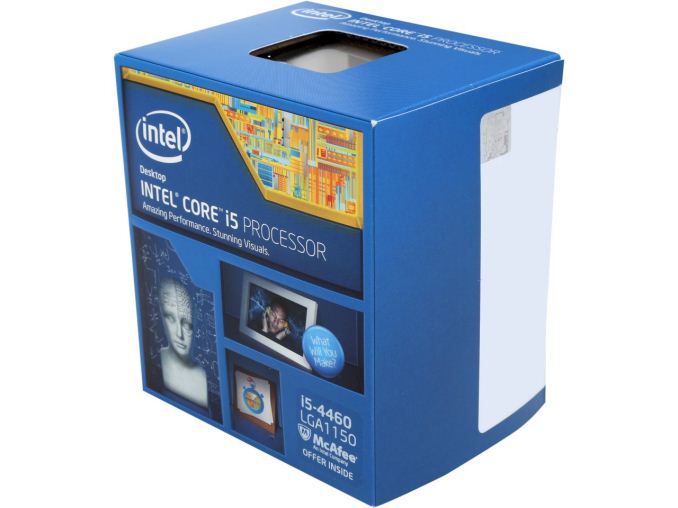
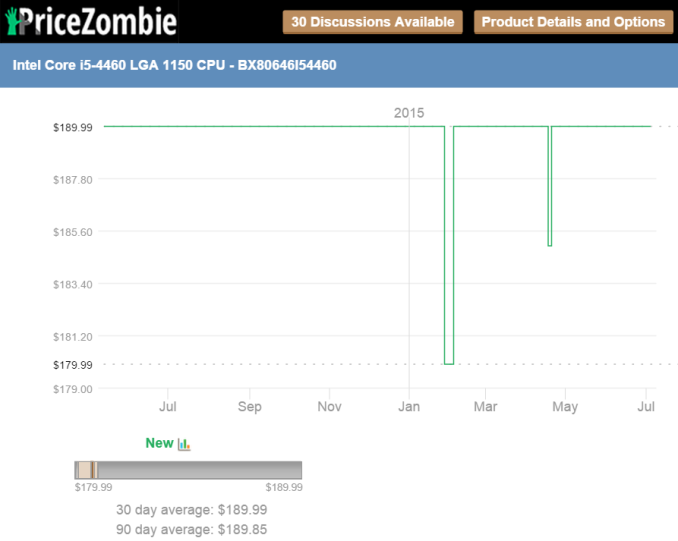
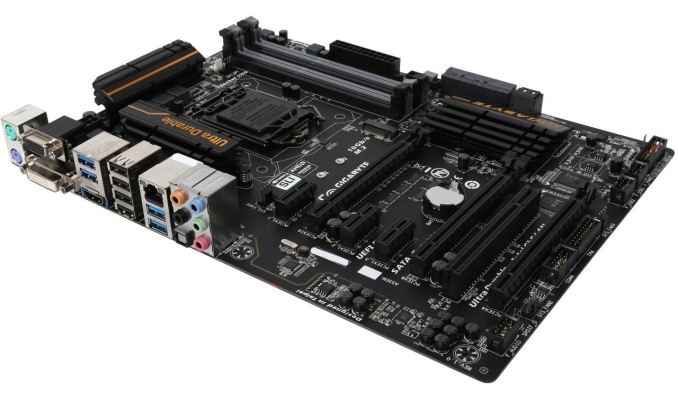
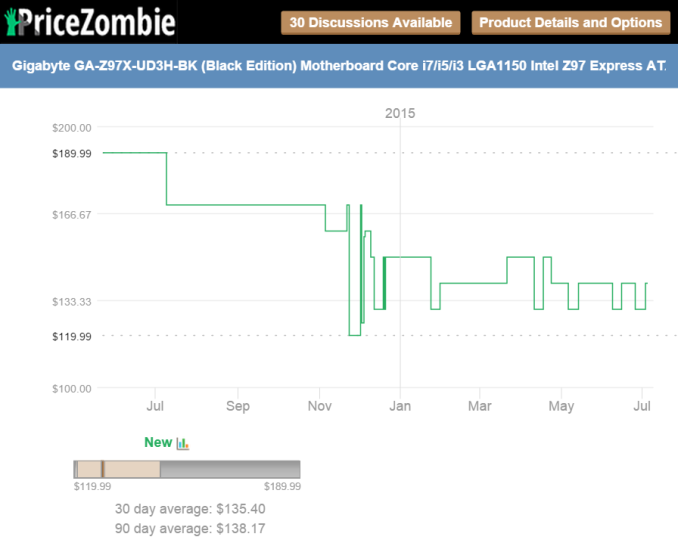
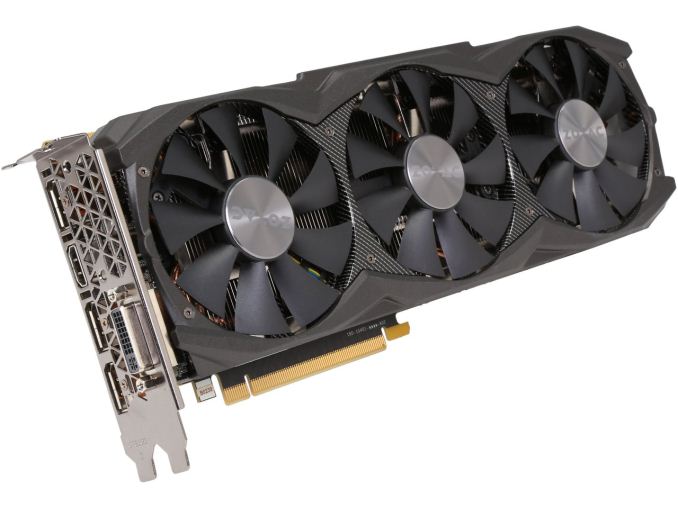
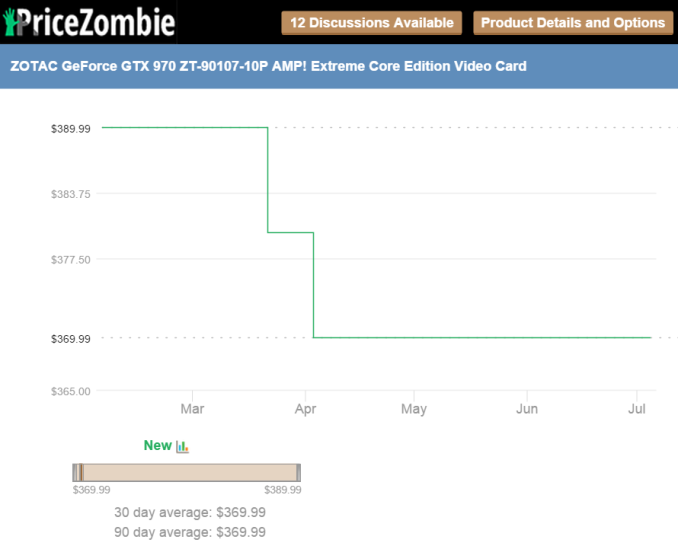
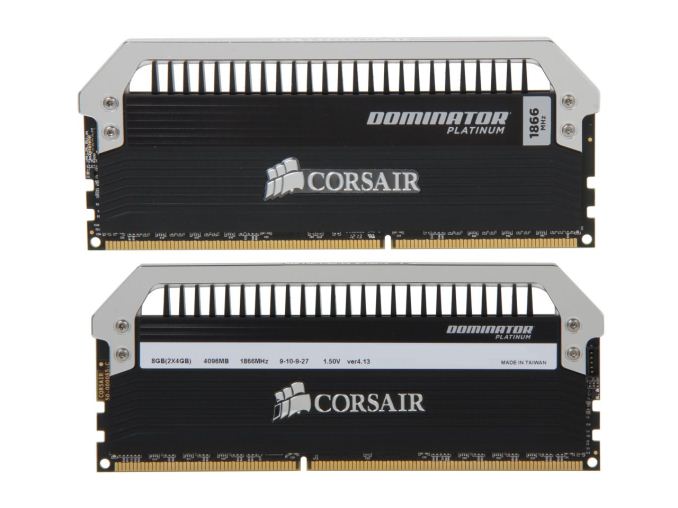
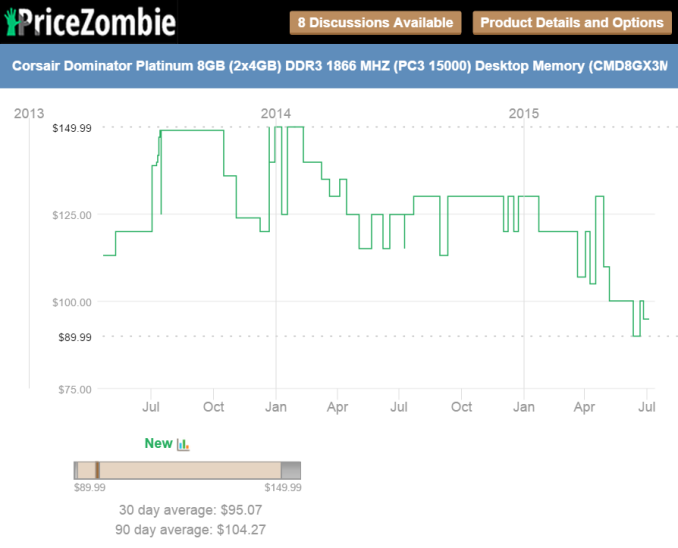
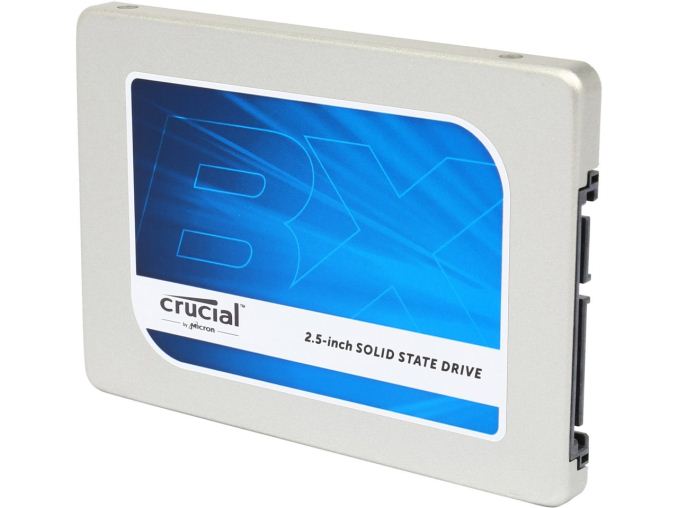

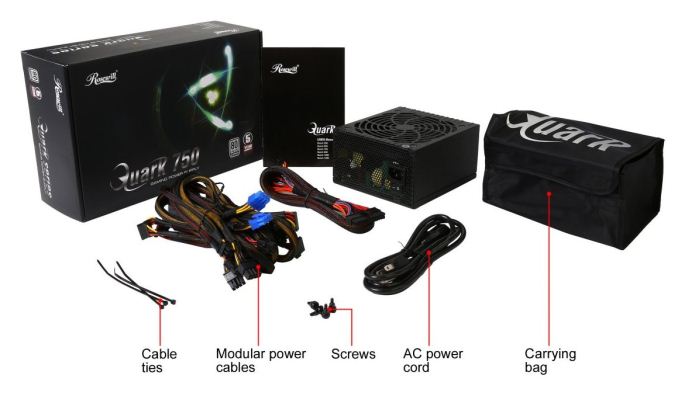
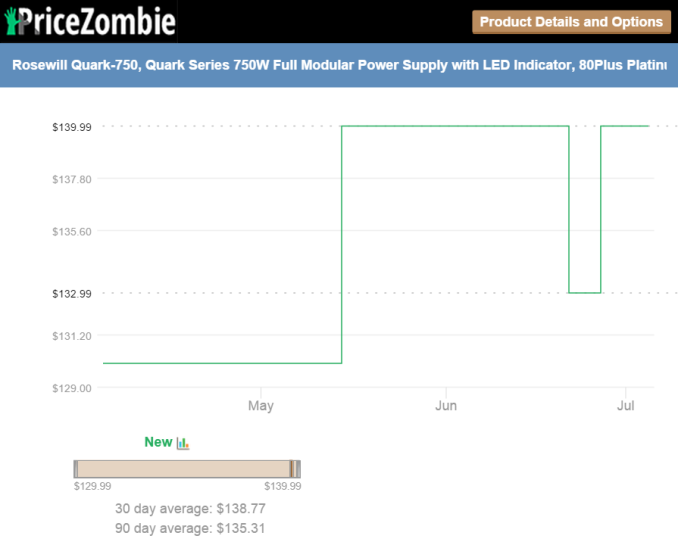
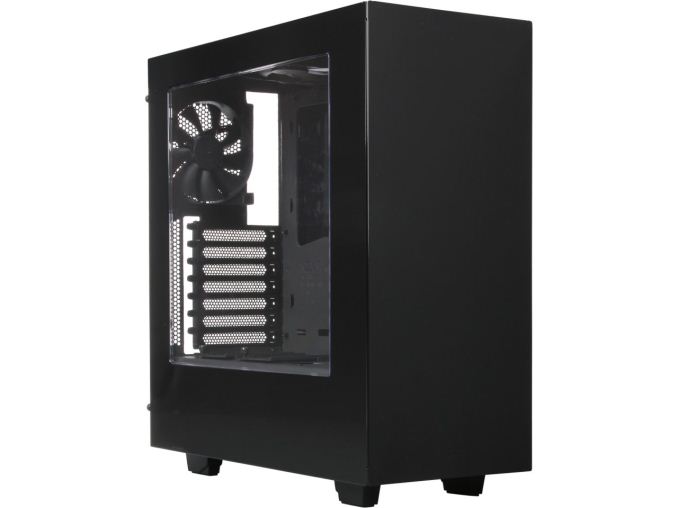
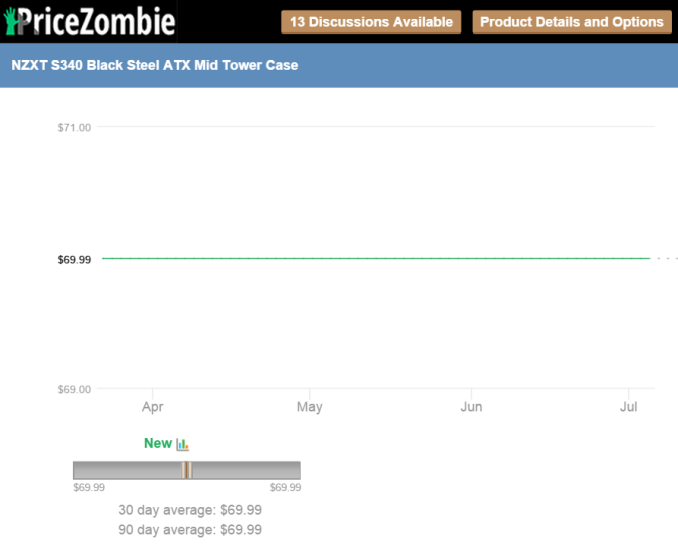
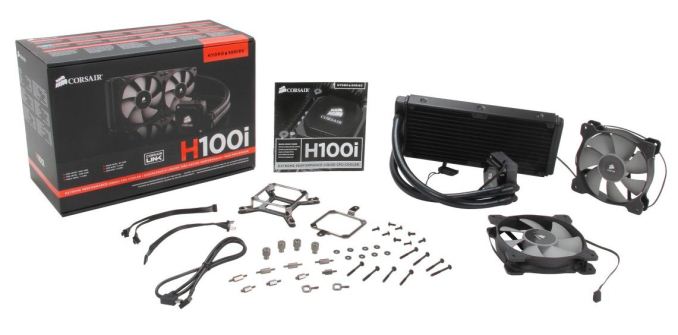

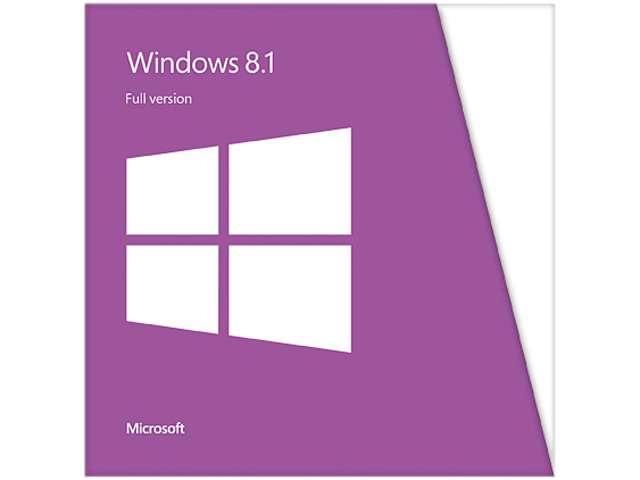
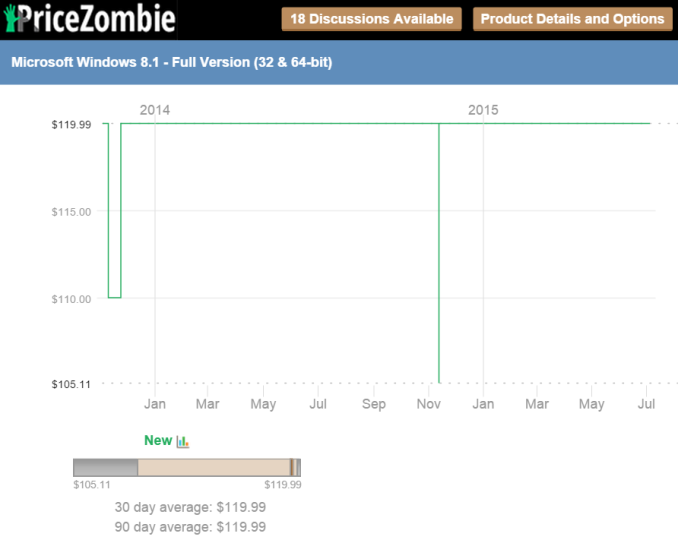














117 Comments
View All Comments
fokka - Thursday, July 9, 2015 - link
ok, first off, i'm not surprised that dustin's rig comes out ahead, what's surprising though is how far ahead it comes out.squeezing a 980ti into the budget is a great start and i think he's right saying a 1500$ single screen rig should be able to run a 4k resolution. even with throwing almost half the budget on a single component he still manages to include a great CPU, tons of storage, while not really skimping on the rest of the components.
compared to that, the zotac build is almost a joke. a gtx 970 in a 1500 rig seems almost aneamic next to dustin's 980ti and they manage to significantly downgrade the CPU and RAM as well, without saving more than a just couple bucks. but somehow this non-overclocked CPU has to be expensiveley water cooled with a 240mm radiator...
it's also funny how dustin manages to drive a 980ti and an overclocked 5690k with a 650w PSU, while the zotac build throws in an oversized and overprized 750w PSU for a much lesser build.
reading the interview it starts to make a bit more sense, with the zotac marketing guys "not really being gamers" and using tablets and iphones for their everyday stuff.
thinking about it i can still only shake my head looking at the zotac build and unless dustin's rig catches fire, i think we already know the winner of this round.
Dustin Sklavos - Thursday, July 9, 2015 - link
I wouldn't knock Chinny and Buu's rig, they made decisions that went in a different direction than mine but are no less valid.They focused less on absolute performance and more on overall experience. They wanted something that looked great and would run quietly, and I guarantee you their build is quieter than mine. The H100i seems a bit like overkill, but those fans will *never* have to spin up. Likewise, overspeccing on the PSU isn't necessarily a bad thing as again, that PSU's fan will almost never have to spin up.
I also have to give them props for thinking to include a way to actually *install* their copy of Windows, which I missed. ;)
leopard_jumps - Thursday, July 9, 2015 - link
i5 4460 is absolutely unacceptable for $1500 . The second rig in the article is not balanced at all .leopard_jumps - Thursday, July 9, 2015 - link
i5 4460 is absolutely unacceptable for $1500 rig . The second rig in the article is not balanced at all .AssBall - Thursday, July 9, 2015 - link
The Zotac rig is a nice build. Those extra's really sharpen it up, and a 500gb drive is a good choice. That being said, I do like Corsair's CPU cooler and will be looking into that Carbide 200 for my next build.Great write up and fun article, Anandtech. Looking forward to more of these in the future.
PolarisOrbit - Thursday, July 9, 2015 - link
This looks interesting, I hope to see a bunch of different perspectives on computer builds with different companies representing each build. One thing I don't like about other site build-a-thons is the tendency for the competitors to make unrealistic builds since the winners are based purely on performance. A system where $1000 was spent on GPUs and only $80 storage may benchmark well, but it's completely impractical. Things that don't have good benchmark measures still have practical value to consumers (like the space savings of ITX compared to EATX), and I will be interested to see how Anandtech accounts such things in the competition.echoe - Thursday, July 9, 2015 - link
As most people are saying, Dustin's system is way more performant. If I were to go for a 970 I'd probably try to get a 5820k in there, something like this:http://pcpartpicker.com/p/jbGDsY
I don't really like the looks of Chinny's system either, though the lower noise is attractive.
BrokenCrayons - Thursday, July 9, 2015 - link
I personally prefer Chinny's build as a more balanced approach that acknowledges acoustics and cabling, but I admit it's a very tough choice and Dustin's specs are appealing from a performance perspective. For me, it's a wash on CPUs since overclocking doesn't matter at all to me and I think either processor is enough for any modern games. 8GB of RAM is something of a liability that will loom larger in the near future and I admit that I think 16GB is a wiser choice. The GPU is important, but I can't see 4k gaming actually adding value. It strikes me as resolution for the sake of resolution so I wouldn't consider the GPU difference very relevant. What ends up making the decision for me is storage. A 500GB SSD is a ton more useful when games regularly require well over 50GB. I'd rather have to keep the resolution down a little than juggle titles or purchase a some sort of additional storage right away.Impulses - Tuesday, July 14, 2015 - link
Dustin's system needs a HDD... But I'm baffled by the sudden notion that all games *must* be installed on NAND flash... (not to pick in your post in particular)There's games where load times don't even change dramatically because the bottleneck is at the CPU/GPU unpacking compressed stuff, and even if that isn't the case, I'd probably put just about everything else over load times (aesthetics, noise, fps, etc) if that's the last thing to get cut on a budget.
That being said, I'm about to replace my 2x128GB SSD for a 1TB (possibly two later) so I can move everything I use with any frequency to flash. :p
Die HDDs die! I just don't think it'd be my priority over most other things, specially since it's one of the easier things to address down the road AND one area where prices are highly volatile. Case in point, the 500GB 850 EVO currently floating over $160...
I'd expect more price drops with everyone else getting into TLC/3D NAND and PCI-E/M2 drives taking over the premium sector.
Wraithtek - Thursday, July 9, 2015 - link
Here's what I came up with: http://pcpartpicker.com/p/R6LnBmIn short: An i5-4690k + GTX 970 system with 500GB SSD + 1TB 7200RPM HDD and quiet air cooling. Threw in a blu-ray drive and spare 140mm fan. $1501.70 (before $15 shipping). A nice all around system with a bit more storage space.